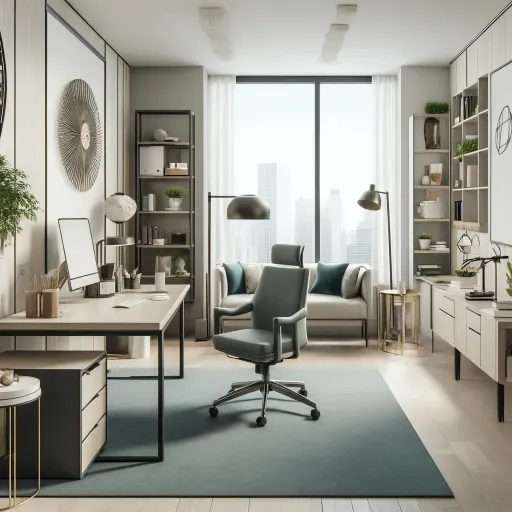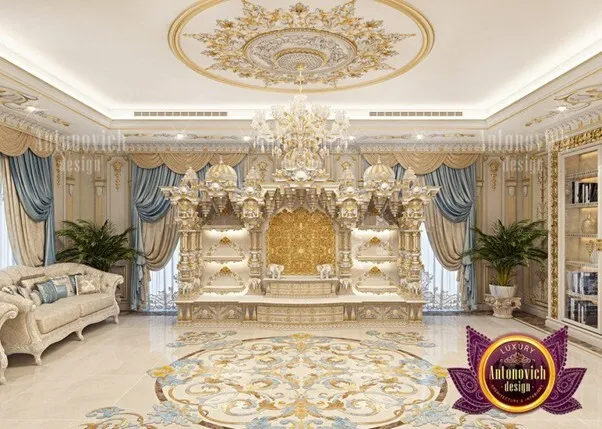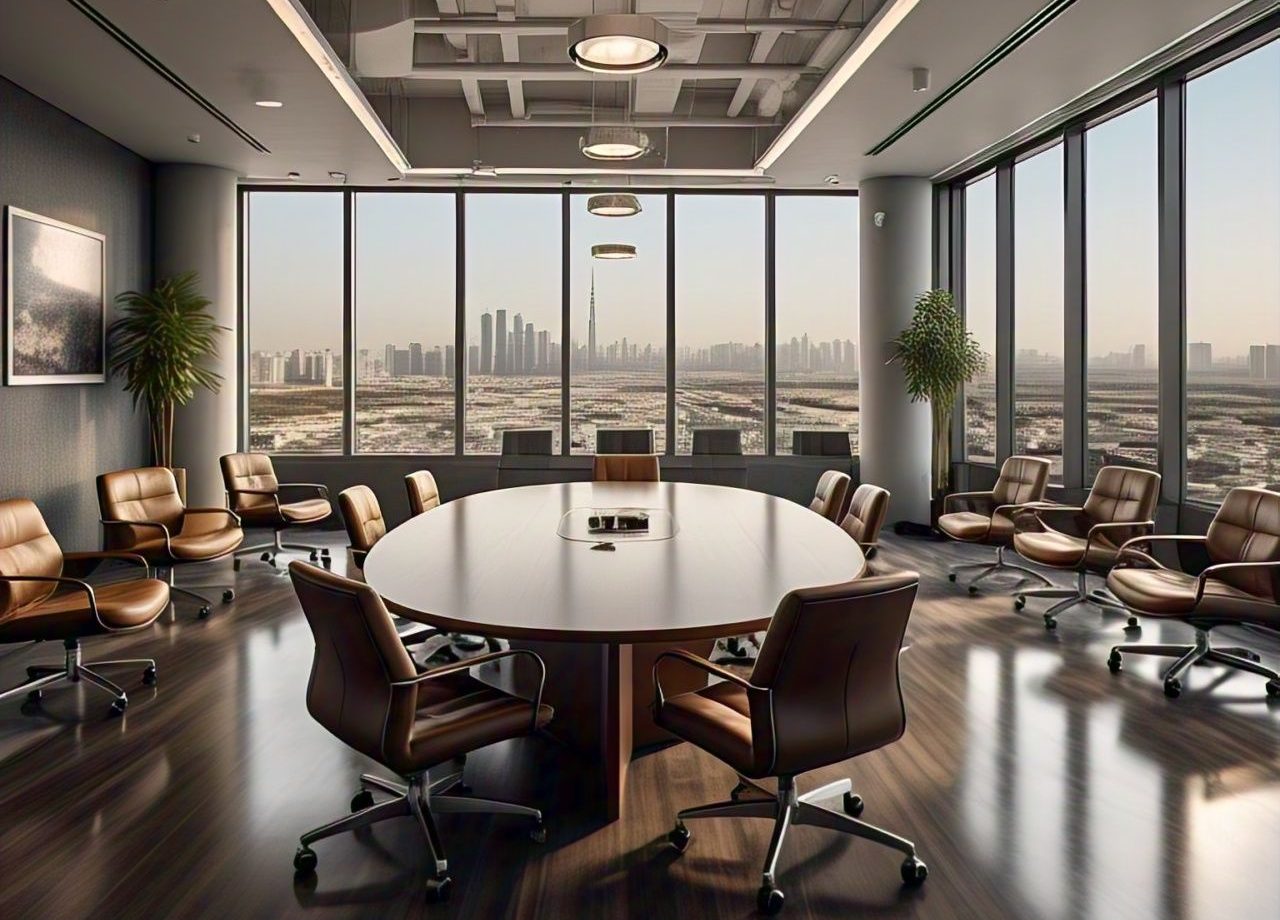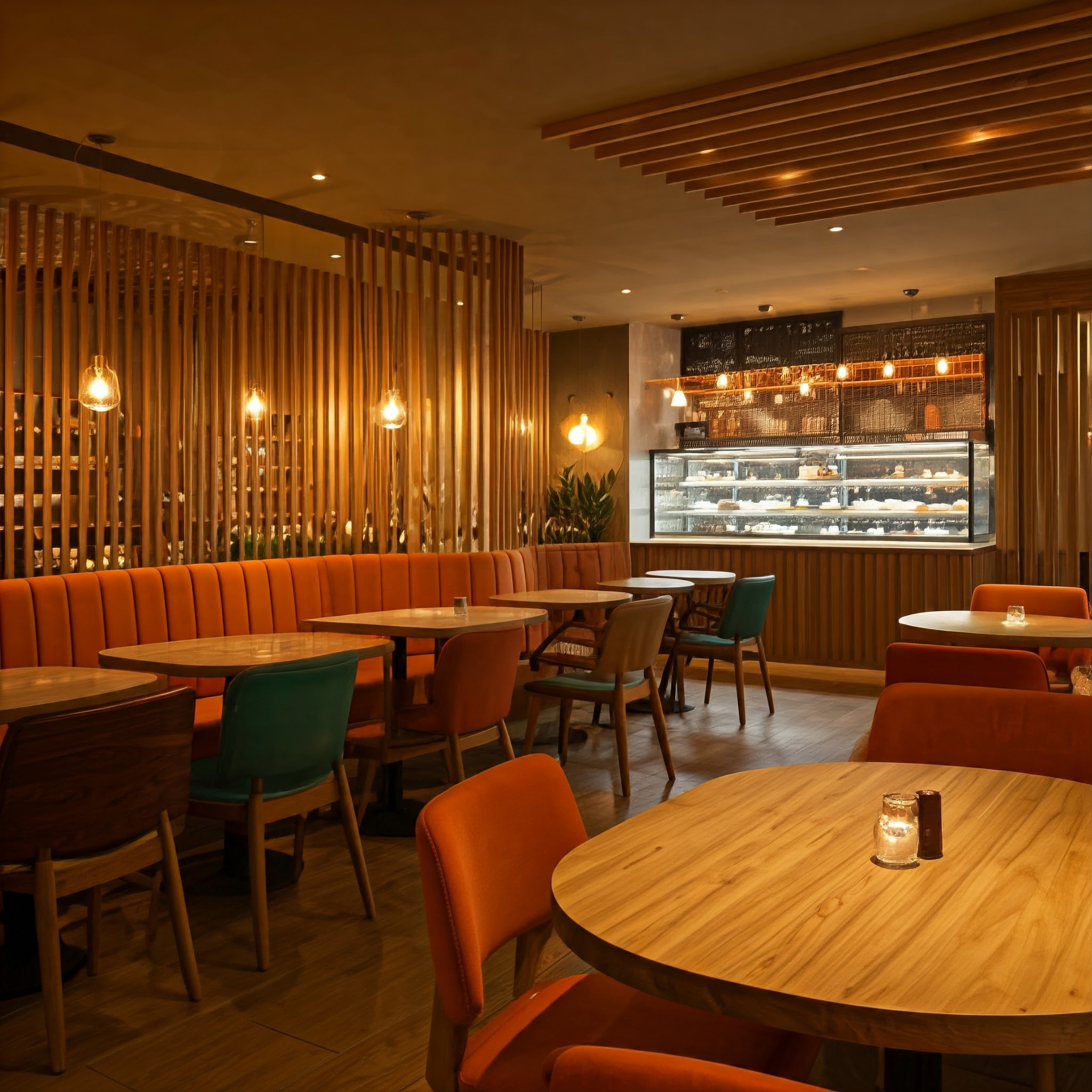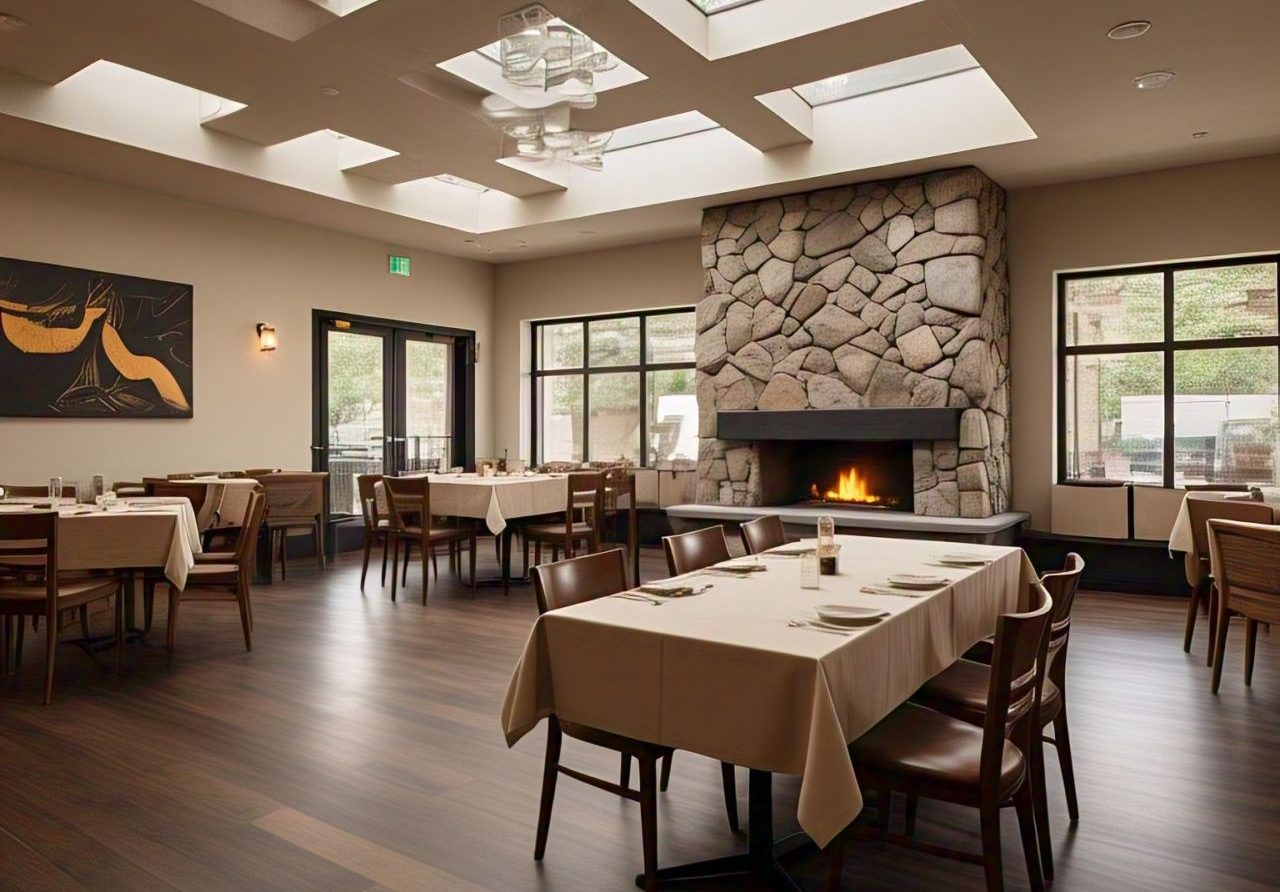Have you ever entered an office and felt energized, laser-focused, and prepared to tackle the day? Or have you ever worked in an environment that seemed claustrophobic, uninspired, or simply uncomfortable? Then, dear friend, it is not about how lazy you are but how your office is designed.
The layout of an office can significantly affect how we work, how we feel, and even how other people view the company. However, why is it so difficult to design a successful office space, particularly in a city like Dubai? How can one find the ideal balance between style and functionality given its reputation for luxury and innovation?
Let’s examine the keys to designing an office space in Dubai that meets your company’s needs without sacrificing style.
The Significance of Office Interior Design
A well-designed office serves as a strategic tool in addition to being an aesthetic statement. Research indicates that well-planned workspaces increase worker productivity, encourage innovation, and improve general wellbeing. Since workers spend a large amount of their lives at work, teams that are inspired can be happier and more engaged. Interior renovation company and interior design companies in Abu Dhabi specialize in creating workspaces that enhance productivity and reflect a company’s brand identity. Beyond the employees, a chic workspace effectively communicates your brand’s identity and values to partners and clients. It serves as a graphic representation of your business’ dedication to quality.
Office interiors in Dubai, where luxury and innovation rule the skyline, must also embody these principles. After all, your workspace shouldn’t be an exception in a city that is renowned for pushing boundaries.
The Reasons Dubai Is Unique in Office Interior Design
Modern innovation and cultural heritage are blended together in Dubai’s architectural landscape. This special combination creates the ideal environment for opulent yet practical office spaces. Companies in this area frequently look for designs that combine modern technology with classic Middle Eastern features to create visually arresting yet culturally relevant spaces. Dubai’s booming economy, which draws top-tier companies and talent from around the world, is driving the demand for premium office interiors.
DubaDubai, with its iconic skyscrapers and boutique corporate spaces, is a paradise for interior designers. Reaching this level of complexity comes with its own set of problems.
Difficulties in Dubai Office Interior Design
High Labor and Material Costs
Because of Dubai’s reputation for luxury, high-end materials and expert labor are frequently more expensive. To get the results they want, businesses must carefully budget for everything from hiring skilled contractors to sourcing Italian marble or custom-designed furniture. To prevent overspending, small and medium-sized businesses (SMEs) in particular need to carefully manage these expenses.
What to do:
- Although labor and premium materials are expensive, they can increase value over time.
- Durability and style are guaranteed when quality is given precedence over quantity.
- Financial surprises are reduced when clear budgets are established up front.
Harmonizing Aesthetics and Function
Setting aesthetics above functionality, or vice versa, is a common error in office design. Although dramatic lighting and opulent finishes leave a lasting impression, operational effectiveness and employee comfort shouldn’t suffer as a result. The most effective office designs strike a balance between these two components, guaranteeing that the area is both aesthetically pleasing and incredibly functional.
What to do:
- When designing spaces, daily workflows should always be taken into account.
- Steer clear of designs that are too intricate or have too many decorative elements.
- Functional layouts decrease clutter and increase productivity.
Optimizing Space in Tall Structures
The famous skyscrapers in Dubai pose special office design challenges. Every inch needs to be used carefully due to irregular layouts, a lack of square footage, and expensive rent. These buildings need creative design solutions that optimize usability without sacrificing style in order to create ergonomic and collaborative spaces.
What to do:
- Modular furniture allows you to adjust to your changing needs.
- To conserve space, highlight vertical storage options.
- To maximize space, collaborative zones can also serve as breakout spaces.
A Complete Guide to Office Interior Design: Practical and Chic
1. Research and Planning
A thorough grasp of your company’s needs is the first step towards good design. Determine which employee preferences, workflows, and branding objectives your office needs to support. Establish a reasonable spending plan that gives priority to necessary components without taking any short cuts. Time and money can also be saved by working with qualified designers who are aware of Dubai’s particular needs.
Important Points:
- Sync design objectives with corporate goals.
- Set aside money for both necessities and upcoming improvements.
- Consult professionals to steer clear of typical pitfalls.
2. Selecting the Appropriate Design
The foundation for cooperation and productivity is established by the office design. While private cubicles provide focus but may cause employee isolation, open-plan offices encourage communication but can be noisy. It’s usually best to have a hybrid layout with quiet spots and areas for collaboration. Utilizing Dubai’s plentiful sunshine can also lower energy expenses and improve worker satisfaction.
Important Points:
- For a well-rounded workplace, use hybrid layouts.
- Set aside areas for concentrated work and collaboration.
- Make the most of natural light for wellbeing and sustainability.
3. Choosing Appropriate Fixtures and Furniture
The comfort and productivity of employees are greatly influenced by furniture. Smart storage options, adjustable workstations, and ergonomic chairs lessen physical strain while maintaining workspace organization. Smart technology adds convenience and modernity, while sturdy materials like metal and tempered glass are appropriate for Dubai’s climate.
Important Points:
- Invest in ergonomic furniture to increase productivity and well-being.
- Select climate-friendly and long-lasting materials.
- Incorporate intelligent solutions such as Internet of Things devices and automated lighting.
4. Including Style Without Reducing Usability
You do not have to give up usability for style. Rich textures and geometric patterns are examples of Middle Eastern design elements that can give character to a room without taking over. Carefully chosen color schemes improve concentration, and carefully chosen artwork conveys the company’s values and goals.
Important Points:
- For distinctive designs, combine modern and traditional elements.
- Make use of color psychology to foster a positive environment.
- Decorate with intention to complement your brand.
5. Ensuring Sustainability and Compliance
Using sustainable practices lowers long-term operating costs while also helping the environment. The carbon footprint of your office can be greatly reduced with eco-friendly materials, adequate ventilation, and energy-efficient lighting. Additionally, completing the project smoothly is ensured by adhering to Dubai’s regulatory standards.
Important Points:
- Energy efficiency promotes green initiatives and reduces costs.
- Observe local building and safety codes at all times.
- For more credibility, think about becoming LEED certified.
Useful Advice for Achievement
Avoid common mistakes: bad lighting, too much stuff, and not enough storage space can ruin even the best designs.
Phased Implementation: To keep up with work and cut down on downtime while redesigning, come up with new ideas in stages.
In conclusion
It takes careful planning, imagination, and attention to detail to create a stylish and useful office in Dubai. Businesses can create environments that inspire employees and impress clients by overcoming obstacles like high costs, space constraints, and regulatory requirements. A well-designed office is an investment in the prosperity and reputation of your business, not just a cost.
Working with experienced designers who are acquainted with Dubai’s distinctive landscape can significantly improve your workspace if you’re ready to make a change. A consultation can help you create the office of your dreams.
FAQs
1. How much does office interior design typically cost in Dubai?The size of the office and the materials used have a significant impact on the cost. You should budget between AED 500 and AED 1,500 per square meter on average.
2. How long does it take to finish redesigning an office?Although timelines vary depending on the project’s size, most redesigns take two to six months to plan and carry out.
3. Can long-term cost savings be achieved with sustainable office designs?Indeed, over time, eco-friendly materials, adequate insulation, and energy-efficient lighting can drastically lower utility and maintenance costs.
4. Should I hire a professional designer for my Dubai office?Employing a professional is not required, but it guarantees adherence to regional laws, efficient use of available space, and a polished end product that complements your vision.
